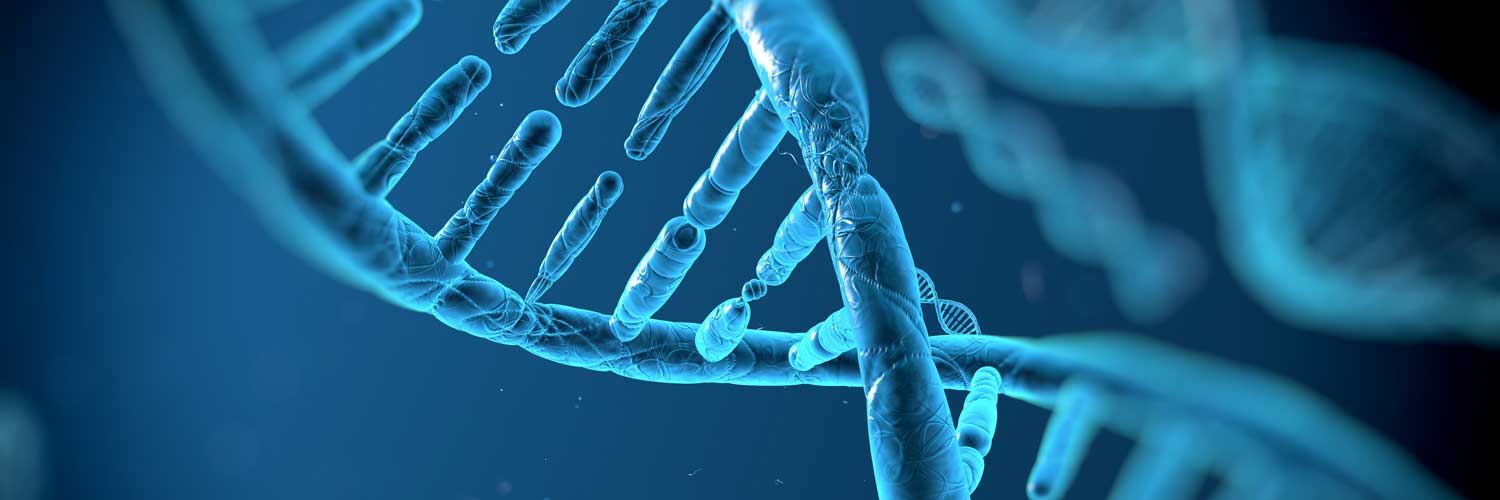Key points to endometriosis
- Endometriosis occurs when tissue that normally lines the inside of the uterus (the endometrium) forms outside the uterus; this displaced tissue can cause infertility and other complications.
- This is a common condition experienced by up to 15% of women and found in up to 50% of women experiencing infertility.
- Women with endometriosis may have no symptoms or experience symptoms including infertility, pain during intercourse, excessive cramping and chronic pelvic pain.
- Laparoscopy, which is a minimally invasive surgery, is the only way to know for certain that a woman has endometriosis.
- The condition can’t be cured, but we are able to treat its symptoms including infertility with medication, surgery and assisted reproductive technologies like intrauterine insemination (IUI) and in vitro fertilization (IVF).

At Ember, everyone is a VIP – very important patient
And we have a thing for the small things: Each Ember patient gets a dedicated fertility coordinator, a patient’s personal care guide through every clinic detail, from the very first phone call to meeting your little miracle. Schedule your appointment today using our online self-scheduling tool.
What is endometriosis (endo)?
Endometriosis (endo) is when tissue from the endometrium, or uterine lining, grows outside the uterus, most often in nearby organs. It can also develop in the pelvic wall, rectum and bladder. This displaced endometrial tissue reacts to hormonal changes during menstruation as if it were inside the uterus, often causing bleeding and painful symptoms in its displaced location.
It is a relatively common condition, affecting 10%-15% of women of reproductive age, according to the National Institutes of Health. Endo can occur in teenagers and in women who have already had children. Women who have not been pregnant before are more at risk.
It is often overlooked, and delays in diagnosis can lead to worsening symptoms and disease progression to cause infertility. Our fertility specialists advise that women who believe they may have endometriosis should seek a fertility evaluation as soon as possible.
Causes of endo
Doctors are not sure what causes endometriosis. The American Society for Reproductive Medicine (ASRM) reports that it may be due to women who are unable to fully clear the fallopian tubes of the blood and discharge shed during menstruation.
Once out of the uterine lining, endometriosis tissue continues to grow as it does in the uterus before being shed during a woman’s period. The tissue can irritate surrounding areas and produce adhesions (scar tissue).

Does endometriosis cause infertility?
Yes. ASRM notes that 24% to 50% of women with infertility have endometriosis. The presence of even mild endometriosis reduces pregnancy chances compared with normal chances. Outside the uterus, endometrial tissue can form adhesions that cover nearby pelvic organs or bind them together. These adhesions can block the fallopian tubes and impair their function.
- Endometriosis can cause infertility by preventing the egg and sperm from coming together in the fallopian tube where fertilization occurs.
- Endo can also prevent a fertilized egg from reaching the uterus for implantation and pregnancy.
- Adhesions can also change the functioning of the reproductive organs where the endometrial tissues are attached.
- The tissue can alter reproductive hormones resulting in poor egg quality, further affecting fertility.
Endometriosis symptoms
This condition does not always cause women to experience symptoms, which is problematic for some as it may already be causing infertility. In fact, infertility is sometimes the symptom that brings women to seek medical help.
When present, symptoms women can experience in addition to infertility include:
- Bad cramping during menstruation.
- Pain during intercourse.
- Chronic pelvic pain.
- Painful bowel movements or urination.
These symptoms can vary in intensity among individuals.
Endometriosis diagnosis & testing
Most women with the condition are not aware they have it, which is why doctors are more likely to find it in those who seek help from symptoms or because they are having trouble conceiving. Our fertility specialist will first conduct a pelvic examination, looking for abnormal uterine position or suspected cysts on the ovaries, vagina or cervix.
While this may lead us to strongly suspect endometriosis, a definitive diagnosis is only made through laparoscopic surgical evaluation. Sometimes we may perform additional imaging studies before laparoscopy. An in-house minimally invasive laparoscopy performed by our specialist can possibly remove the endometrial adhesions causing problems at the same time as evaluation.
Related reading: Laparoscopic surgery
Endo is generally diagnosed in four stages (minimal, mild, moderate and severe). Those with severe cases are more likely to experience infertility.

The right care, the right way
- Our high-tech, spa-like clinic creates a soothing, comforting & highly professional environment.
- We focus on quality time and care for each individual.
- Our fertility doctor sees the patient at every visit.
- Ember is a one-stop shop, offering everything a patient needs (treatment, donors, gestational carries, surgery and an excellent IVF lab).
Next step: endometriosis treatment
Our fertility specialists discuss the diagnostic findings with each patient, arriving at an agreement on treatment options. These are most often determined by the severity of the symptoms and whether or not the woman is trying to become pregnant. While not curable, the condition does not prevent most women from having a child if properly treated.
Treatments fall into two classes: those addressing symptoms and those addressing infertility. Treatment for symptoms of pain can involve lifestyle modifications such as exercise and relaxation techniques and over-the-counter drugs like ibuprofen. Sometimes hormonal medications and hormonal birth control may be prescribed. Surgery may also be helpful in reducing pain.
Treatments for infertility
When infertility is the issue, we consider in conjunction with the patient her age, how long infertility has been an issue and the severity of pain. Laparoscopic surgery can significantly improve chances of pregnancy for those with minimal or mild endo. ASRM notes that up to 40% of women with minimal and mild cases of endo can conceive within 9 months of having laparoscopic surgery.
Laparoscopic or laparotomy surgical procedures are also effective in moderate and severe cases. Surgery also is an excellent treatment to reduce pain.
Medications that can help with pain management are not effective in restoring fertility. This is so even when used in conjunction with surgery.
Many patients with endometriosis have pregnancy success with IUI or IVF treatments. Success rates are similar to those using IUI or IVF for other causes of infertility.
Some treatments can enhance fertility in women with the condition. For women with minimal and mild endo, controlled ovarian stimulation with IUI can improve their chances of pregnancy. Using clomiphene citrate and hormonal medications like follicle-stimulating hormones (FSH) and human menopausal gonadotropin (hMG) can increase fertility, particularly when used with IUI.




